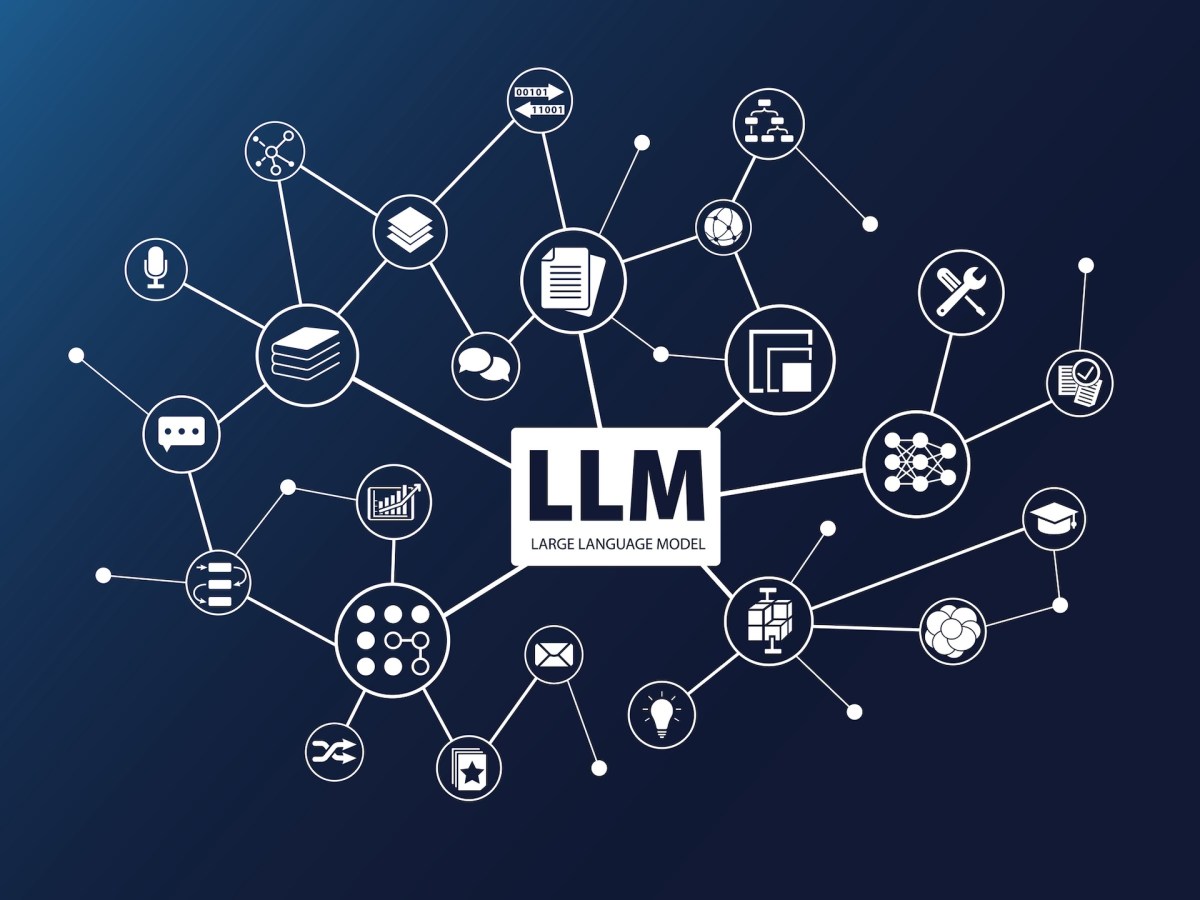7 Essential Tips for Effective Stores Management

Effective store management is essential for success in today’s competitive market. You need to understand your customers, streamline operations, and improve their experience. By implementing practical strategies, such as automating inventory management and investing in staff training, you can enhance service quality. Furthermore, leveraging technology can boost efficiency. These factors contribute to building a loyal customer base. Next, let’s explore these tips in detail to maximize your store’s potential.
Key Takeaways

- Conduct regular market research to understand customer preferences and tailor inventory accordingly for enhanced sales and engagement.
- Implement automated inventory management systems to streamline stock control and reduce human errors.
- Train staff consistently to improve customer service skills, ensuring personalized interactions that foster loyalty.
- Utilize data analytics to track sales trends, optimizing product offerings and marketing strategies.
- Create a clean, organized store environment and leverage technology for convenient shopping experiences, enhancing customer satisfaction.
Understanding Your Customers

How well do you really know your customers? Comprehending your customers is essential for effective stores management. Conducting market research and customer surveys provides valuable insights into demographics, preferences, and shopping behaviors.
For instance, analyzing purchase history helps you tailor your offerings to better meet their needs. By identifying target audiences, you can refine your marketing strategies and product selections. Engaging customers through loyalty programs nurtures deeper relationships, encouraging repeat visits.
Moreover, monitoring feedback through surveys and suggestion boxes reveals areas for improvement, ensuring that you address customer concerns swiftly. Ultimately, when you grasp what’s store management, you’ll improve the overall shopping experience, leading to increased customer satisfaction and sales growth.
Streamlining Store Operations

To streamline your store operations, optimizing inventory management is essential. By implementing automated systems, you can minimize manual errors and improve the restocking process, which finally keeps customers satisfied with product availability.
Furthermore, automating administrative tasks allows your staff to focus more on sales and customer service, boosting overall efficiency in your store.
Optimize Inventory Management
Effective inventory management is crucial for streamlining store operations and enhancing overall efficiency. Implementing real-time inventory management systems can help you track stock levels accurately, reducing stockouts by up to 30% and improving customer satisfaction.
Utilize the ABC analysis method to categorize your inventory into A, B, and C groups, enabling you to prioritize high-value items and optimize ordering frequencies. Regular inventory audits, like monthly spot checks on high-demand items, guarantee accuracy and identify discrepancies that could impact profitability.
Automate reordering processes based on established reorder points and lead times to streamline operations and minimize the risk of overstocking by up to 25%. Finally, analyze supplier performance metrics to maintain reliable stock levels and mitigate supply chain disruptions.
Automate Administrative Tasks
Automating administrative tasks can greatly improve your store’s efficiency and accuracy. By implementing cloud-based management software, you gain real-time access to sales, inventory, and employee performance data, which improves decision-making.
Automating inventory tracking and employee scheduling reduces manual errors and saves time, allowing you to focus on strategic planning and customer engagement. Furthermore, utilizing automated payroll and accounting systems can streamline financial processes, cutting your administrative workload by up to 30% and minimizing compliance issues.
Incorporating automated customer feedback collection through digital surveys boosts response rates by 20%, providing valuable insights for improvement.
Finally, integrating point-of-sale systems with inventory management software enables automatic reordering, preventing stockouts and optimizing inventory turnover rates effectively.
Enhancing Customer Experience

A well-crafted customer experience can greatly boost your store’s success, as satisfied shoppers are more likely to return for repeat purchases. Start by training your employees to provide personalized service customized to individual needs. Guarantee your store is clean and organized, as this improves first impressions and encourages longer visits. Implement convenient shopping options like contactless payments and online orders, which cater to modern consumer preferences. Finally, actively gather feedback through surveys or suggestion boxes to continuously improve your offerings.
| Strategy | Impact |
|---|---|
| Personalized Service | Increases customer loyalty |
| Clean Store Environment | Positive first impressions |
| Convenient Shopping Options | Improves overall experience |
| Customer Feedback | Drives continuous improvement |
Effective Inventory Management

Effective inventory management is essential for your store’s success, as it directly impacts your ability to meet customer demand without overstocking.
By implementing a robust inventory tracking system, you can maintain ideal stock levels and streamline your stock replenishment process.
Utilizing advanced tools like automated reordering systems and specialized inventory management software will help you make informed decisions and improve overall efficiency.
Streamlined Inventory Tracking
When you streamline inventory tracking, you’re not just improving efficiency; you’re furthermore improving accuracy and customer satisfaction.
Implementing real-time inventory management systems helps reduce stock discrepancies, ensuring orders are filled correctly. Utilizing ABC analysis lets you prioritize your inventory efforts, categorizing products into high, medium, and low-value groups to maintain peak stock levels.
Regular inventory audits, whether monthly or quarterly, can identify discrepancies between physical counts and reported stock levels, minimizing losses. Automating reorder alerts based on sales velocity prevents stockouts and keeps your inventory balanced.
Finally, investing in specialized inventory management software improves tracking efficiency and reduces reliance on manual spreadsheets, providing valuable analytics for informed decision-making, eventually leading to a more effective inventory management process.
Efficient Stock Replenishment
To maintain an efficient stock replenishment process, establishing precise reorder points based on historical sales data is vital. This approach helps prevent stockouts, which can lead to lost sales and dissatisfied customers.
Utilizing automated inventory management systems will enable you to track stock levels in real-time, providing alerts when items run low. Furthermore, analyzing lead times from suppliers allows you to determine ideal reorder quantities and frequencies, aligning inventory with customer demand.
Regular inventory audits, such as monthly checks on high-demand items, will help maintain accuracy and identify discrepancies.
Finally, implementing a Just In Time (JIT) inventory strategy minimizes holding costs and improves cash flow by ordering stock only as needed, based on sales trends.
Staff Training and Development

Investing in staff training and development is vital for any retail operation aiming to improve customer satisfaction and retention. Regular training sessions should augment customer service skills, focusing on communication and empathy. Development programs, like mentorship, can elevate employee engagement and reduce turnover rates, which often exceed 60%. Role-playing exercises prepare staff for real customer interactions, improving their problem-solving capabilities. Furthermore, product knowledge training helps employees confidently address queries, increasing upselling opportunities by up to 20%. Continuous feedback and performance assessments further align staff goals with store objectives, promoting accountability.
| Training Focus | Benefits | Example Activities |
|---|---|---|
| Customer Service Skills | Improved satisfaction | Role-playing exercises |
| Product Knowledge | Increased upselling | Workshops and quizzes |
| Continuous Feedback | Improved operational efficiency | Regular performance reviews |
Utilizing Technology for Efficiency

Efficient store management increasingly relies on leveraging technology to streamline operations and improve customer experiences.
Implementing mobile POS systems lets you process transactions anywhere in the store, enhancing convenience and reducing checkout times. By integrating e-commerce platforms with inventory management systems, you guarantee real-time stock updates, minimizing stockouts and overstock situations.
Utilizing data analytics tools helps you track sales trends and customer preferences, enabling informed decision-making. Adopting automated reordering processes streamlines inventory management, making sure popular items stay in stock without manual intervention.
Furthermore, exploring augmented reality (AR) and virtual reality (VR) technologies can create immersive shopping experiences, engaging customers and setting your brand apart in a competitive market.
Embracing these technologies is crucial for modern retail success.
Building a Loyal Customer Base

Building a loyal customer base requires a strategic approach that focuses on creating lasting relationships with your customers. Implement a rewards program that offers discounts or exclusive access, encouraging repeat purchases. Utilize customer data analytics to customize your promotions, ensuring they resonate with individual preferences. Engage in local events to raise brand awareness, as community involvement nurtures loyalty. Consistently gather feedback through surveys to identify areas for improvement and demonstrate that you value customer opinions. Finally, create a personalized shopping experience by training staff to deliver exceptional service, as positive interactions greatly influence repeat visits.
| Strategy | Benefit | Example |
|---|---|---|
| Rewards Program | Incentivizes repeat purchases | Discounts on future purchases |
| Customer Analytics | Customized marketing communications | Personalized email promotions |
| Community Engagement | Builds brand loyalty | Sponsoring local events |
| Customer Feedback Systems | Improves satisfaction | Suggestion boxes in-store |
Frequently Asked Questions

How to Manage a Store Effectively?
To manage a store effectively, start by implementing a structured hiring process to find employees with strong customer service skills.
Use inventory management software for real-time stock tracking, preventing shortages or surpluses.
Optimize the store layout by placing popular items in visible areas and ensuring clear signage.
Encourage accountability among staff with clear performance metrics and regular training.
Finally, leverage data analytics to monitor key performance indicators, guiding informed decisions for continuous improvement.
What Are the 5 S’s of Retail Operations?
The 5 S’s of retail operations are essential for creating an efficient workspace.
First, Sort involves decluttering by removing unnecessary items.
Next, Set in Order organizes tools and products for easy access.
Shine focuses on maintaining cleanliness, enhancing the customer experience.
Then, Standardize establishes consistent processes across the store.
Finally, Sustain guarantees ongoing improvements through regular audits and training, helping maintain the operational gains achieved through the first four steps.
What Are the Three Distinct Aspects of Store Management?
The three distinct aspects of store management are operations management, customer experience management, and inventory management.
Operations management involves tasks like employee scheduling and process refinement to improve efficiency.
Customer experience management focuses on creating a welcoming environment and gathering feedback to increase satisfaction.
Inventory management guarantees peak stock levels through techniques like ABC analysis and regular audits, preventing stockouts or overstock situations.
Integrating these aspects is vital for effective store management and business growth.
How to Manage a Store as a Store Keeper?
To manage a store effectively, you need to organize your inventory by categorizing products and conducting regular audits.
Implement a reliable POS system to track sales and inventory in real-time.
Establish clear processes for customer service and employee scheduling to boost efficiency.
Invest in staff training to improve communication and problem-solving skills.
Finally, use data analytics to monitor KPIs like inventory turnover, allowing you to make informed decisions that drive store success.
Conclusion
By implementing these seven crucial tips, you can greatly improve your store’s management and customer satisfaction. Comprehending your customers’ needs, streamlining operations, and enhancing their shopping experience are important steps. Prioritizing effective inventory management, investing in staff training, and leveraging technology will drive efficiency. Finally, building a loyal customer base through community engagement will strengthen your brand. Focus on these strategies to create a well-managed store that meets both operational goals and customer expectations.
Image Via Envato
This article, "7 Essential Tips for Effective Stores Management" was first published on Small Business Trends
What's Your Reaction?
 Like
0
Like
0
 Dislike
0
Dislike
0
 Love
0
Love
0
 Funny
0
Funny
0
 Angry
0
Angry
0
 Sad
0
Sad
0
 Wow
0
Wow
0




















































![Grit, Loyalty, and Life in the Trenches Remble's "SWIMWEAR" [Video]](https://earmilk.com/wp-content/uploads/2025/08/Remble-800x505.png)







































